Habitat and Home of the Neotropical Otter
|
These versatile otters are found in a very wide variety of environments. Waldemarin (2004) lists permanent, seasonal and intermittent rivers, streams and creeks, freshwater Lakes, marshes and pools, saline, brackish or alkaline lakes, marshes and pools, shrub-dominated wetlands, geothermal wetlands, permanent inland deltas , shallow bays, rocky shores, estuaries, intertidal marshes, coastal freshwater, brackish and saline lagoons, reservoirs, ponds, fish farms, excavations, wastewater treatment areas, seasonally flooded and irrigated agricultural land, canals, drainage ditches (such as among rice and sugar cane plantations in Guyana), bogs, fens, swamps and peatlands. They can live in evergreen and deciduous forests, in warm and cool climates, by the sea or in the rainforest. Castro-Revelo & Zapata-Rios (2001) saw two Neotropical Otters at close quarters in the swampy areas of cushion plants and sedges surrounding glacial lakes in the High Andes of Ecuador at an altitude of 3885m. By contrast, Carillo-Rubio & Lafon (2003) observed otters living in arid Mexico, based near deep permanent pools in dry river beds with surrounding areas of rocks and talus, but also ample vegetation. The species preference, however, seems to be for fast flowing, clear water, with abundant bank-side vegetation at least 1m high. For scratching, resting and sprainting, Neotropical Otters like sites with little or no vegetation and leaf litter, but surrounded by vegetation 1-1.5m high for cover. Pardini & Trajano (1999) found that the otters used various different kinds of holt. If natural caves, limestone dissolution cavities, and crevices in rocks are available, they are extensively used, not just the lighted entrance zone, especially for breeding if they are about 150m from water and so likely to be safe from flooding. The otters will even use subterranean tunnels as shortcuts. They also excavate holts in soil near rivers, although unlike some species, these do not exit to the water. Quadros & Monteiro-Filho (2002) indicate that excavation and holt maintenance was done after the floods while the atmosphere was still humid as the soil is softer and easier to scratch away. Some holts in an animal's range will be used preferentially, especially if they have a low flooding risk. If none of these options are available, they will build what Quelch, quoted in Harris (1968), charminglyh describes as "little houses or nests constructed of grass or soft leaves beaten down on the banks of streams". This species is altogether an adaptable animal, able to take advantage of any useful resource it finds. It has been found to tolerate human-modified environments, and make use of them to its advantage. |
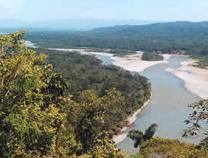 |
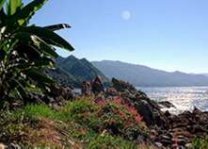 |
|
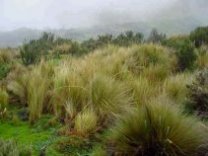 |
|
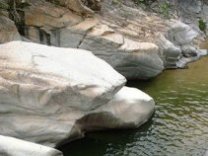 |
|
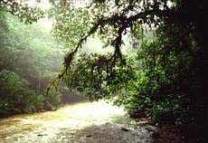 |
| Neotropical River Otter |

